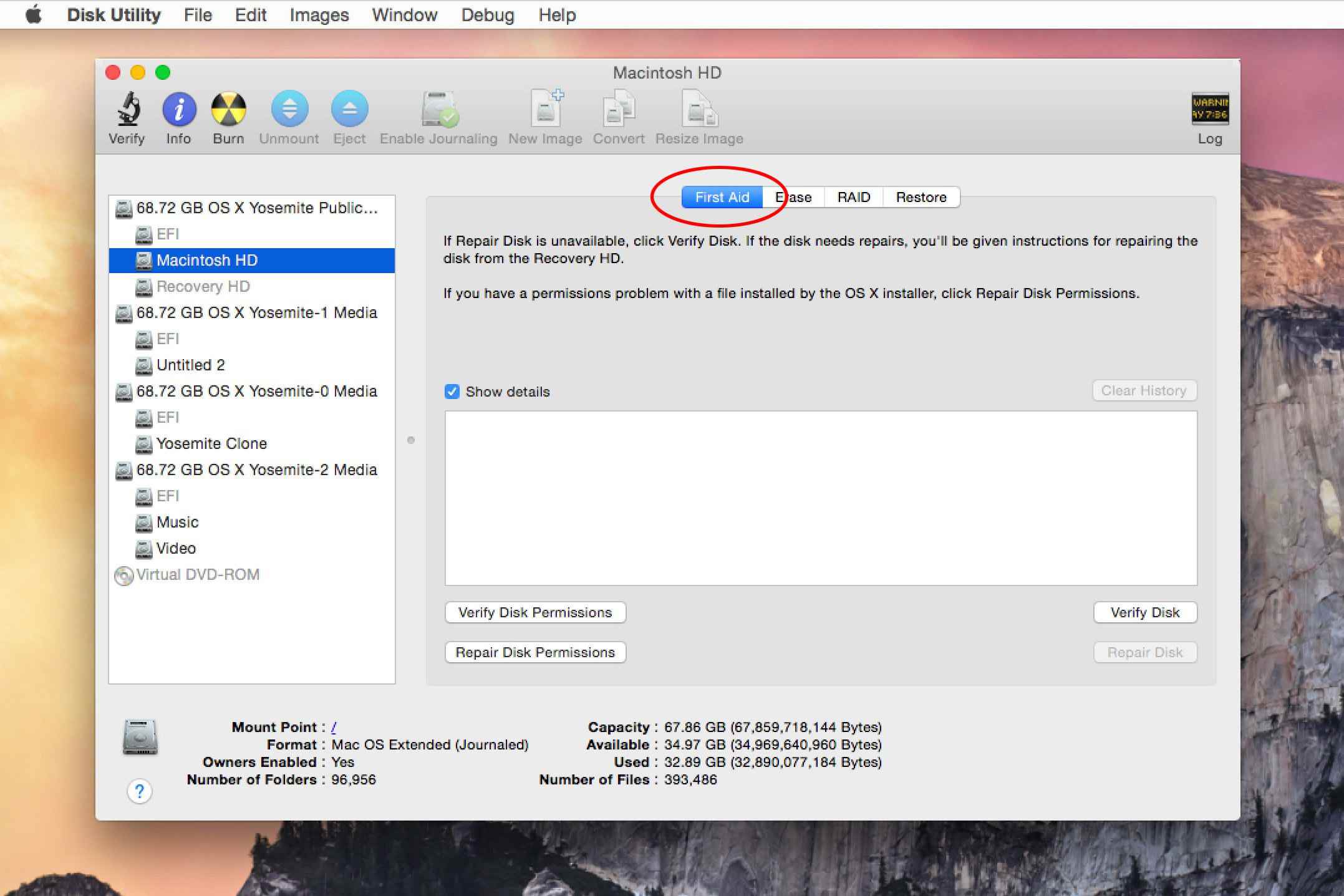
- MACBOOK SD CARD MOUNT POINT HOW TO
- MACBOOK SD CARD MOUNT POINT UPDATE
- MACBOOK SD CARD MOUNT POINT WINDOWS 10
If it was installed manually, run: $ chmod +x /usr/local/bin/uninstall-log2ram. To remove the Log2ram program, run: $ sudo apt purge -remove log2ram If you installed it manually, stop the Log2ram service: $ sudo systemctl stop log2ramĪnd then start the installation again as shown above. In the' Filter: ' field type samba and hit Find package button.
MACBOOK SD CARD MOUNT POINT UPDATE
Goto System Software and hit Update lists. Goto advanced configuration panel after logging onto the Yun. For all those who want to access the SD card on the Yun from a Windows PC. To update Log2ram to the newest version available, simply run the “apt update” command. Hi all, Just wanted to share this as I couldn’t find it on the forum.
ZL2R – This parameter allows zram compatibility on your system. To disable it, simply set its value to false. You can also disable system error mail if there is not enough space in RAM. CORPORATE – This parameter is used to report error messages. In my case, it was /dev/disk1s1 (NO NAME matches the title that showed up in Finder when I inserted the card so this is a hint as to which one is the one I am looking for) listed at the bottom of the mount command. Take note of the SD card device that shows up. By default, Log2ram uses the "cp" command to copy the contents of tmpfs to disk. First, insert the SD card into the reader, open a terminal window and type mount. USO_RSYNC – If you want to sync the contents of RAM using the rsync program, simply set the value of this parameter to true. Size – This parameter defines how much space you want to allocate in RAM to store log files. If you open it in any text editing program, you will see a couple of parameters listed below. The default Log2ram configuration file available at /etc/nf. However, you can customize its parameters as you wish. Log2ram works out of the box with default values. Log2ram on /var/log type tmpfs (rw,nosuid,nodev,noexec,relatime,size=40960k,mode=755) Although it is developed for Raspberry Pi devices, you can use the Log2ram program on all systems based on Debian. In that case, you can simply move the log file location to Tmpfs (RAM) and periodically sync them to the physical disk. The Log2ram is specially created for raspberry pi systems Since Raspberry Pi devices use a micro SD card for storage (operating system, libraries, and user programs), you don't want to hammer SD cards by writing log files all the time. Why do you want to save log files to memory? I do not have any issue using the USB ports on my Macbook Pro to read external hard drives. MACBOOK SD CARD MOUNT POINT WINDOWS 10
Works on a windows 10 environment as well. The SD card and USB card reader works an a newer Macbook Air running the same OS.
MACBOOK SD CARD MOUNT POINT HOW TO
This guide explains how to save or write log files to RAM using Log2ram on Linux operating systems. I even tried a USB card reader but it cannot find the SD card. this is where Log2Ram utility comes to help. You can also change the location of these files and save them directly to RAM. Ive been in the same situation, wanting to run Arch on my Pi with only the MacBook without Linux. All log files are automatically generated and saved in a common directory: / var / register / on your local drive in Linux. Log files will be of great help in troubleshooting systems.


The system administrator can analyze and investigate the log files to find out what is really going on in a Linux system. A log file typically contains a set of system events or logs.






 0 kommentar(er)
0 kommentar(er)
